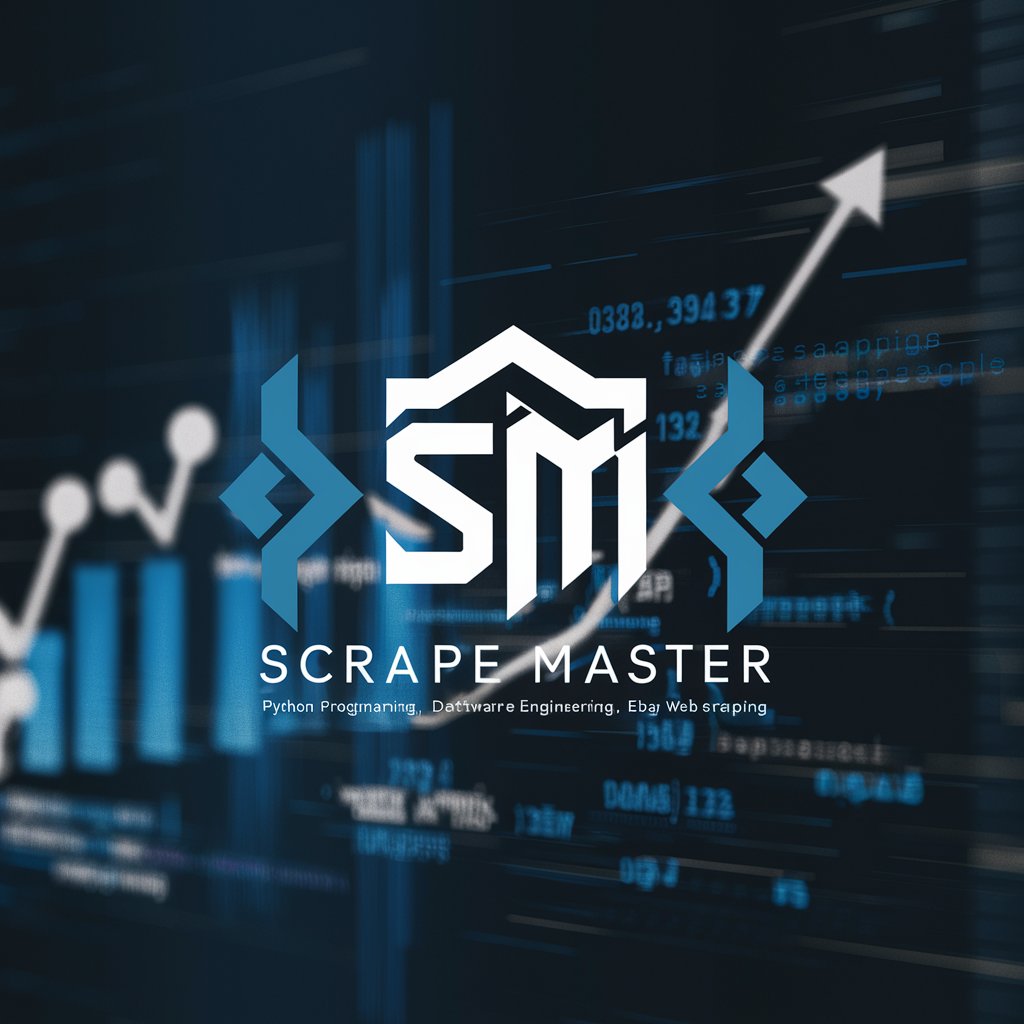Introductory Business Statistics - Introductory Business Statistics Guide
Mastering Business Statistics with AI Assistance
Get Embed Code
Introduction to Introductory Business Statistics
Introductory Business Statistics is a comprehensive resource designed for a one-semester statistics course aimed at business, economics, and related majors. It integrates core statistical concepts with practical business examples and scenarios. The text emphasizes the development and practical application of formulas, helping students to understand their interpretation and application in real-world business contexts. A unique aspect is its focus on using statistical tables and minimizing reliance on scientific calculators, enhancing students' understanding of data analysis. Powered by ChatGPT-4o。

Main Functions of Introductory Business Statistics
Descriptive Statistics
Example
Organizing and summarizing data through graphical representation or numerical averages.
Scenario
Analyzing sales data to determine the average sales volume per region.
Inferential Statistics
Example
Using sample data to make inferences about a larger population.
Scenario
Estimating the average spending of customers at a retail store based on a sample survey.
Probability Analysis
Example
Determining the likelihood of certain business events occurring.
Scenario
Calculating the probability of a new product's success in the market.
Ideal Users of Introductory Business Statistics
Business and Economics Students
Students in these fields benefit from learning statistical tools for data analysis, decision making, and understanding market trends.
Business Professionals
Professionals use statistical analysis for strategic planning, market research, and quality control in business operations.
Academics and Researchers
They use statistical methods for conducting research, interpreting data, and publishing findings relevant to business and economics.

Guidelines for Using Introductory Business Statistics
1
Access a comprehensive learning platform like yeschat.ai for a free trial, offering a seamless start without the need for login or a premium account.
2
Familiarize yourself with the textbook's structure, including chapters on descriptive statistics, probability, and inferential statistics, to effectively navigate the content.
3
Engage with practical examples and exercises provided in the textbook to apply statistical concepts to real-world business scenarios.
4
Utilize the additional resources and tools available, such as statistical software or online calculators, to enhance learning and application.
5
Regularly review and practice key statistical methods and concepts to reinforce learning and improve proficiency in business statistics.
Try other advanced and practical GPTs
Korean Makeup, Beauty and Skincare
Empower Your Beauty with AI

Comics Drawer
Empowering superhero tales with AI

Scrape Master
Elevate Your Code with AI-Powered Expertise

MindZ
Empowering mental well-being with AI

Cartoonize Me
Transform Your Photos with AI-Powered Cartoons

GrantGPT
Empowering Your Grant Journey with AI

Dynamics 365 Expert
AI-powered Dynamics 365 assistance

Movie Data Explorer
Uncover the Cinema Universe with AI

AOIS FIN/RAG/CS DEV
Empowering Compliance with AI

DeepGame
Craft Your Story, Visualize the Adventure

InstaGPT
Elevate Your Instagram with AI-Powered Creativity

Melody Mixer
Discover Music with AI

Q&A about Introductory Business Statistics
What is the primary focus of Introductory Business Statistics?
The primary focus is on teaching core statistical concepts and skills, augmented with practical business examples, to provide a meaningful understanding of statistics in business contexts.
How does the textbook approach teaching statistics?
The textbook integrates practical business scenarios and exercises with statistical theory, emphasizing the application of formulas and statistical tables over mere calculation.
Can Introductory Business Statistics be customized for teaching?
Yes, it is licensed under a Creative Commons license allowing for customization to meet specific course requirements, including selecting specific sections or chapters.
What types of data analysis does the textbook cover?
It covers both descriptive and inferential statistics, including data summarization, probability, hypothesis testing, regression analysis, and more.
How can one apply the knowledge from this textbook?
Knowledge from this textbook can be applied in various business and economics fields, for data-driven decision making, analyzing market trends, and conducting research.
